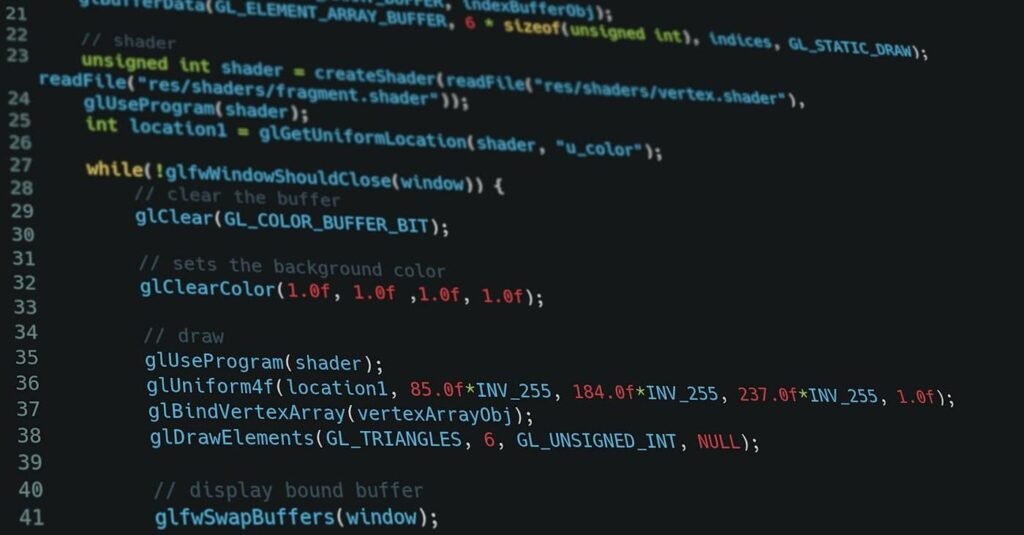Are you curious to know what is dangling pointer? You have come to the right place as I am going to tell you everything about dangling pointer in a very simple explanation. Without further discussion let’s begin to know what is dangling pointer?
In the intricate world of programming, a Dangling Pointer is a concept that can lead to unforeseen issues and bugs in code. This article aims to provide a comprehensive guide to what Dangling Pointers are, their implications, examples, and ways to avoid them, ensuring a smoother coding experience.
What Is Dangling Pointer?
A Dangling Pointer is a pointer that continues to point to a memory location after the memory has been deallocated or freed. Accessing the value through such a pointer can lead to unpredictable behavior, crashes, or data corruption.
What Is Dangling Pointer In C:
In C, a language known for its flexibility and direct memory management, Dangling Pointers can be a common pitfall. Understanding the lifecycle of memory and how pointers interact with it is crucial for avoiding Dangling Pointer issues.
What Is Dangling Pointer Example:
Consider the following C code snippet as an example of a Dangling Pointer:
#include <stdio.h>
#include <stdlib.h>
int* createInt() {
int x = 10;
return &x;
}
int main() {
int* ptr = createInt();
printf(“%d\n”, *ptr); // Accessing a Dangling Pointer
return 0;
}
In this example, the pointer ptr becomes a dangling pointer as it points to a memory location that has been deallocated when the function createInt exits.
What Is Dangling Pointer In C With Example:
Expanding on the previous example, let’s delve deeper into the lifecycle of the pointer:
#include <stdio.h>
#include <stdlib.h>
int* createInt() {
int x = 10;
return &x;
}
int main() {
int* ptr = createInt();
// Accessing a Dangling Pointer
printf(“%d\n”, *ptr);
// After the function call, ptr is a dangling pointer
// Further operations on ptr can lead to undefined behavior
return 0;
}
Dangling Pointer In Data Structure:
In the context of data structures, Dangling Pointers can pose serious threats to the integrity of the structure. When a pointer is not properly managed, it can inadvertently become dangling, affecting the structure’s functionality and stability.
Wild Pointer:
A related concept is the Wild Pointer, which is an uninitialized pointer that points to a random memory location. While a Dangling Pointer points to a deallocated memory, a Wild Pointer is uncontrolled from the start.
Wild Pointer In C:
A Wild Pointer example in C:
#include <stdio.h>
int main() {
int* ptr;
// Using a Wild Pointer without initialization
printf(“%d\n”, *ptr);
return 0;
}
Wild Pointer Vs. Dangling Pointer:
While both Wild and Dangling Pointers involve accessing invalid memory, they differ in their origin. A Wild Pointer is uninitialized, whereas a Dangling Pointer was once valid but now points to deallocated memory.
Dangling Pointer In Java:
In Java, which has automatic memory management (garbage collection), Dangling Pointers are less common. However, similar issues can arise with references to objects that have been nullified or removed.
Conclusion:
In conclusion, understanding and avoiding Dangling Pointers is crucial for writing robust and reliable code. Proper memory management, ensuring pointers are set to NULL after deallocation, and meticulous coding practices can help programmers steer clear of the pitfalls associated with Dangling Pointers. Whether in C, Java, or any programming language, a keen awareness of memory and pointer behavior is the key to preventing these potentially disruptive issues in software development.
FAQ
What Is Dangling Pointer Mcq?
Dangling pointer occurs at the time of the object destruction when the object is deleted or de-allocated from memory without modifying the value of the pointer. In this case, the pointer is pointing to the memory, which is de-allocated.
How To Fix Dangling Pointer In C?
Along with understanding how a dangling pointer works, you must also understand how to avoid dangling pointer in C. You can avoid it either by using static variables (if variables have a local scope) or assigning NULL to the pointer (in case of memory deallocation).
What Causes A Dangling Pointer C++?
Dangling pointers typically occur due to programming errors or improper memory management in languages like C++. They are not inherent faults in the C++ language itself but may be mistakes made by developers.
Is Null A Dangling Pointer?
FAQ- Dangling, Void , Null and Wild Pointers
A “null pointer” doesn’t point to any memory location; it’s intentionally set to indicate “nothing.” A “dangling pointer” points to a memory location that used to be valid but has been deallocated or freed, making it potentially unsafe to use.
I Have Covered All The Following Queries And Topics In The Above Article
What Is Dangling Pointer In C
What Is Dangling Pointer Example
What Is Dangling Pointer In C With Example
What Is Dangling Pointer In Data Structure
Wild Pointer
Wild Pointer In C
Wild Pointer Vs Dangling Pointer
Dangling Pointer In Java
What Is Dangling Pointer






